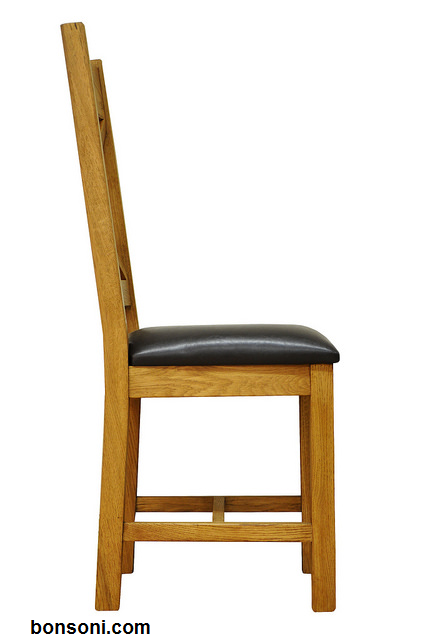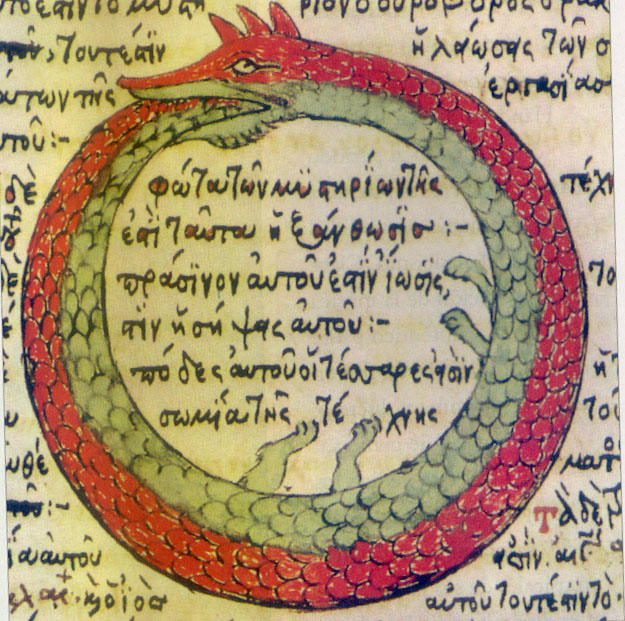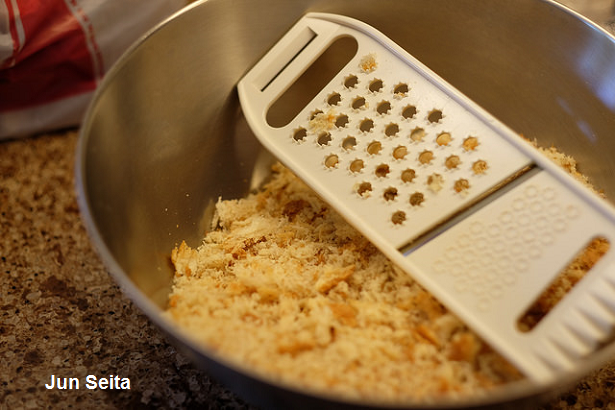QT 75 - The Nitty Gritty of Crumbs

Hello and Welcome back to Kitchen Catastrophe Quick Tips, where Present Jon has to pick up where Past Jon threw the ball and try to run it in for some kind of gain before the brutal…I should know who tackles wide receivers on a football team…I wanna say…backs? Like, the fullback? Is that who does that? The point is that Monday Jon makes dumb promises, and Thursday Jon has to back them up. (Actually, it’s normally Last Thursday Jon who ruins things, but he often says “I don’t know”, so at least there’s wiggle room.) Today we’re talking about Breadcrumbs, because, again, Past Me is dumb.
The Ding-an-Sich of Dinner time
I think, more than any other philosophical concept, I have abused Kant’s theory of the ding-an-sich, because it has such a useful name. It translates as “the thing in itself”, and refers to a somewhat controversial position in philosophy about the limits of empiricism. And if this sounds like a lofty start to a discussion about breadcrumbs, well, maybe you’re just experiencing it in a different way. I promise, that is a VERY clever line in philosophical humor circles, which are, paradoxically, formed of squares.
When people ask me what it’s like to write a food blog, the answer “Sometimes I spend 10 minutes trying to figure out how to put mathematical symbols into Microsoft Paint for the punchline to a joke three people will get” rarely entices them to check out the site.
I like to use it to refer to anything where the very act of explaining the thing is achieved by simply naming the thing. And that’s not what the Ding-an-sich refers to. THAT concept is closer to what linguists call “autological” which refers to how the word pentasyllabic has five syllables, or how slang is ‘shortened language’.
The ding-an-sich is instead the idea of the essence of a thing beyond its empirical evidence. This is difficult to explain, but stick with me here: So right now, I’m sitting in a chair. It is a brown, middling-sized chair. It’s not the most comfortable chair, but it’s comfortable enough for extended use. And there’s no way for me to prove the chair exists. This is its own philosophical argument, but the basis is “just because I BELIEVE I can see, feel, and interact with a thing, does not mean it is real. I could be dreaming, hallucinating, etc.” But since sensory input is the only way I have of interacting with the world, I must accept that its continued and recurring sensory presence indicates it is PROBABLY real.
On the one hand, I would hope my imagination was stronger than this.
On the other, you can’t IMAGINE how comfortable Bonsoni Chair is until you’ve tried it!
Bonsoni Chairs: I don’t own them, this is just a bit!
Follow all that? Good, because that was the easy part. The hard part is: so what IS the chair? Is it simply a combination of empirical aspects, or is there something there under it. Is there a reality beyond the empirical. And if that sounds like a high-minded esoteric concept to discuss, consider consciousness, and the soul. Is there a part to YOU that is beyond empiricism? Many believe so. And if you have a soul, a thing that is real beyond the world of the physical, why not a chair?
Kant argued that, in essence (and vastly simplifying) the chair does exist, as a ‘ding-an-sich’, and it is through my interactions with that ‘thing in itself’ that I observe a ‘chair’.
I didn’t NEED to explain all of that (or any of it, really), but I was recently drinking and discussing philosophy, a thing I haven’t done in like, 6 years, so I’m all hopped up on noumena and the myth of Sisyphus, and that felt like a more interesting conversation than starting by saying “bread crumbs are the crumbled remnants of bread.” But I suppose I must get back to work, as it were.
Categories of Crumbles
Bread crumbs are the crumbled remnants of bread.
Stuttering, fanfare, begins.
Joking aside, they’re a rather useful cooking tool, as they provide body, textural contrast and protection to dishes in a variety of ways. They can be used to thicken soups or stews while also avoiding a need to cook out raw powder flavors. They can be used to top casseroles, providing a crunchy contrast to the soft interior of the dish. They’re often used to coat objects for frying, to avoid over-cooking and retain moisture in the breaded object.
There are 3 core varieties of Breadcrumbs the average person may encounter: Dry, Fresh, and Panko.
Don’t Get Fresh With Me
Let’s start with Fresh, since I hate doing things in order. “Fresh breadcrumbs” usually refers to, well, recently made bread crumbs, as opposed to breadcrumbs that are particularly stylish or well-dressed. They haven’t been dried, or at least not to the degree that the other two are. You might MAKE fresh breadcrumbs as part of a recipe, tossing slices of bread into a food processor or blender and blitzing them down into tiny crumbs.
These are the ones you’re most likely to see going into soups, stews, or sauces to thicken them, because, as the softest of the three, they dissolve the most readily when they absorb liquid. They’re also the kind you’re supposed to use when making meatballs or meatloaf, since, again, they add softness. The other great use for them is frying: while you can buy dry breadcrumbs of specific flavors, you can fry fresh breadcrumbs in your own oil/aromatic combinations, creating specific flavor profiles. This is quite common in Italian cooking, where Gremolata (a mixture of lemon zest, garlic, parsley…and sometimes bread crumbs) is a popular topper.
Despite their green color, Gremolatas have nothing to do with the more viscous and dairy-laden Gremlin-Latte.
I like My Champagne like I like My Pants: Dry.
After Fresh, there’s Dry. Dry breadcrumbs typically refers to factory-processed, pre-packaged formulas. These are more typically used for breading dishes for frying, since their fine texture means they form a more thorough coating. They can come with herb blends already added, to make things more convenient for you, the busy 50’s housewife. They’re a little more frequently the topping to gratins or casseroles than fresh, just because they’re easier. If you want to make dry breadcrumbs at home, you’re going to have to toast/dry your bread thoroughly before blending it.
Where Did My Panko Pan Go?
And then there’s panko, the mysterious Japanese breadcrumb. How does it work? What makes it different? What does it MEAN? Well, luckily for you, I’ve watched like, 30 minutes of Youtube videos, and read several articles to answer all those questions. First off, you should know that panko is an ancient Japanese word meaning “breadcrumbs”.
This conversation is an ouroboros of dumb explanations, pigs, and pictures of circles that are also squares.
MORE SPECIFICALLY, it means “crumbs/flour/powder/bits from bread”. It’s actually a weird etymology: Japan didn’t really have ‘bread’ until the Portuguese came, who brought pan, which is just the Portuguese word for “bread”. Or, to look at it in another philosophical sense, “bread” is just the English word for pan. Anyway, Japan just took the word, calling bread “pan”. And then, when they made breadcrumbs out of it, those were pan-ko. So technically, the word Panko is half-Portuguese.
It has, EASILY, the most complicated process for making it. Industrial panko production (which is not a phrase I ever anticipated having say, but is rather delightful on the tongue) uses a bunch of advanced techniques: the recipe for the bread itself is high-yeast, and the bread is risen 3 times. It’s cooked using electric current THROUGH the bread: the bread is held between two metal panels, and electricity flows from one to the other. Why do they do this? So there’s no crust. Why is no crust that important? Fuck if I know.
Actually, I do know: It’s because a crust would change the texture of the crumbs, be harder to toast again, and probably burn in the frying.
I want to make a Thanos joke here, but this is probably an arena where I AM the only one cursed with knowledge.
Then, they air-dry their crust-less loaves, and grind them in a specific machine that is, in some ways, more of a shredder/grater. This creates larger “slivers” of bread, which is part of Panko’s distinctive style. The slivers are then toasted, and packaged for sale.
Why is any of this important? The answer to that lies in the difference between “crispy”, and “crunchy”. The greater air content of panko bread, as well as the distinct shape, make it texturally much lighter than an equal volume of dry breadcrumbs would be. The dryness and toasting also help the panko achieve its primary goal, which is as a coating. Panko is almost always used as a coating for fried or baked proteins in Japanese cooking. Many find that properly prepared panko-prepped proteins have a lighter and more interesting crunch than typical breadcrumb coatings provide.
It’s a crust with more dynamic contrast. Which is just how I like my cereal.
That’s not to say that panko is better than dry breadcrumbs in every usage: particularly delicate proteins might get damaged by the edges of panko if coated carelessly, and many mass producers are making ‘panko’ that isn’t quite as airy and crisp as traditional style panko is. Further, panko is a little more prone to what I call ‘sludge-up’: using too low of a cooking temp, or allowing the protein to sit in the panko coating for too long will allow moisture to permeate the more airy panko crust, turning the crisp coating into a sludge-like paste. This can also happen with dry breadcrumbs, but it typically takes a little more time.
For fairly obvious reasons, it’s pretty impossible to make ‘true’ panko bread-crumbs at home, but I’ve found recipes that come fairly close. As you might guess, the steps are more involved than normal breadcrumbs, but also rather direct: take some white bread, cut off the crusts, let it dry for 12-24 hours, shred using the grating blade of a food processor, bake at 325 degrees until crispy, but not browned.
And that’s really all you need to know about breadcrumbs. I hope. I really can’t imagine what else there is to tell you about them, and I spent over 400 words giving you a basic course in the philosophical arguments around empiricism. So…BYE.
Normally, I’d plug our Patreon here, and our Facebook, Twitter, Instagram and so on…so I just did, letting me avoid having to think of a clever way of tying those into the theme of the piece. (I feel like there’s something to the modern slang of “getting that bread”, and “dropping a couple crumbs”, but it’s as of yet unformed.) If you think it was a crummy sort of plug, well, hey, where do you think crummy came from? THAT’S RIGHT, SURPRISE ETYMOLOGY IN THE PLUG PARAGRAPH. Y’ALL THOUGHT YOU WERE SAFE. Play me out, Porky.
I warned you the pig was coming back.
If I had edited this to a square picture of a circle, we’d be even DEEPER into madness.
MONDAY: A RECIPE WITH NO RECIPE, FOR APRIL FOOL’S DAY
THURSDAY: JON TALKS ABOUT BOOKS. BOOKS ABOUT…MURDER!!!!













